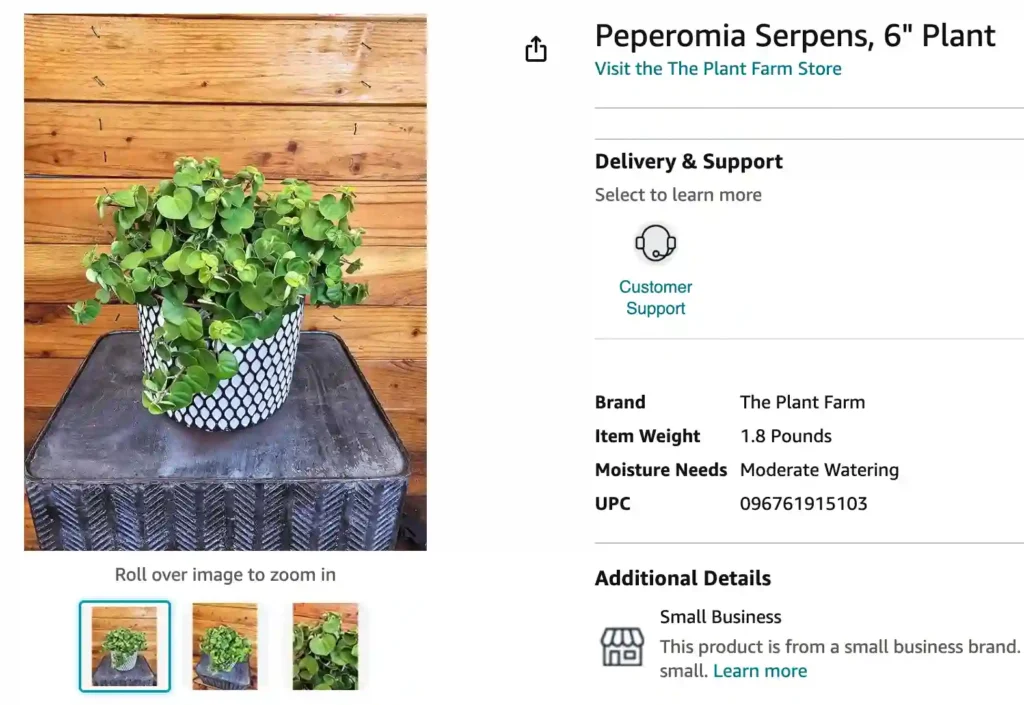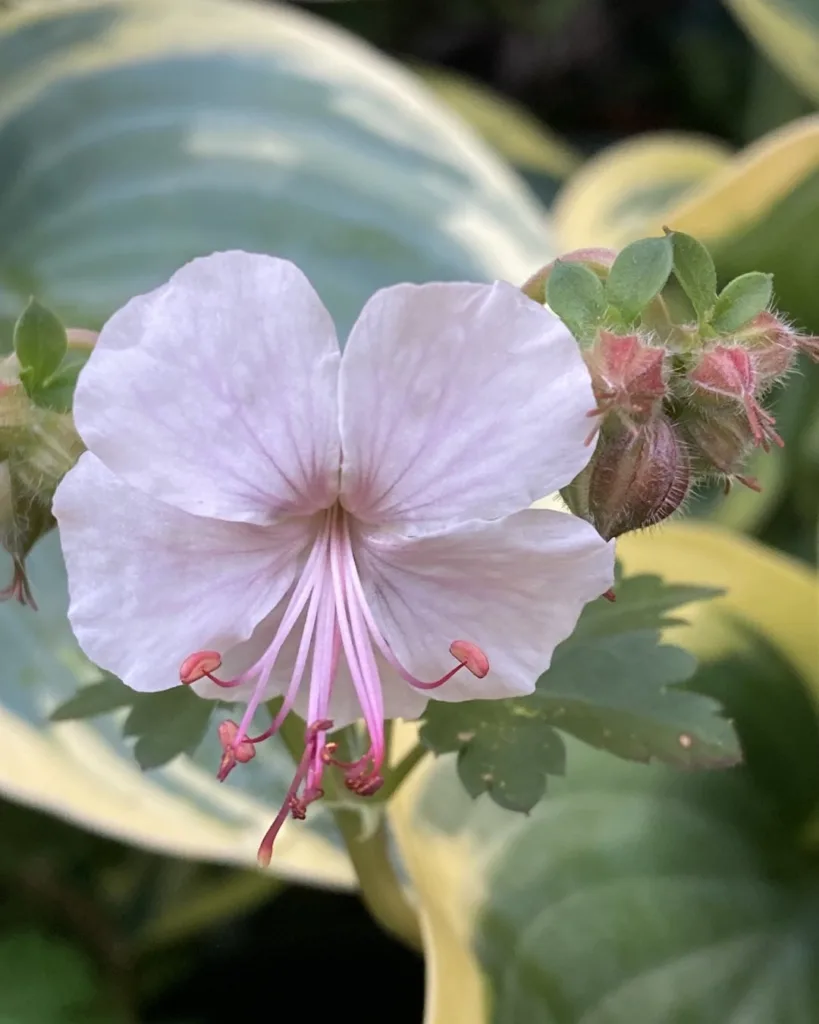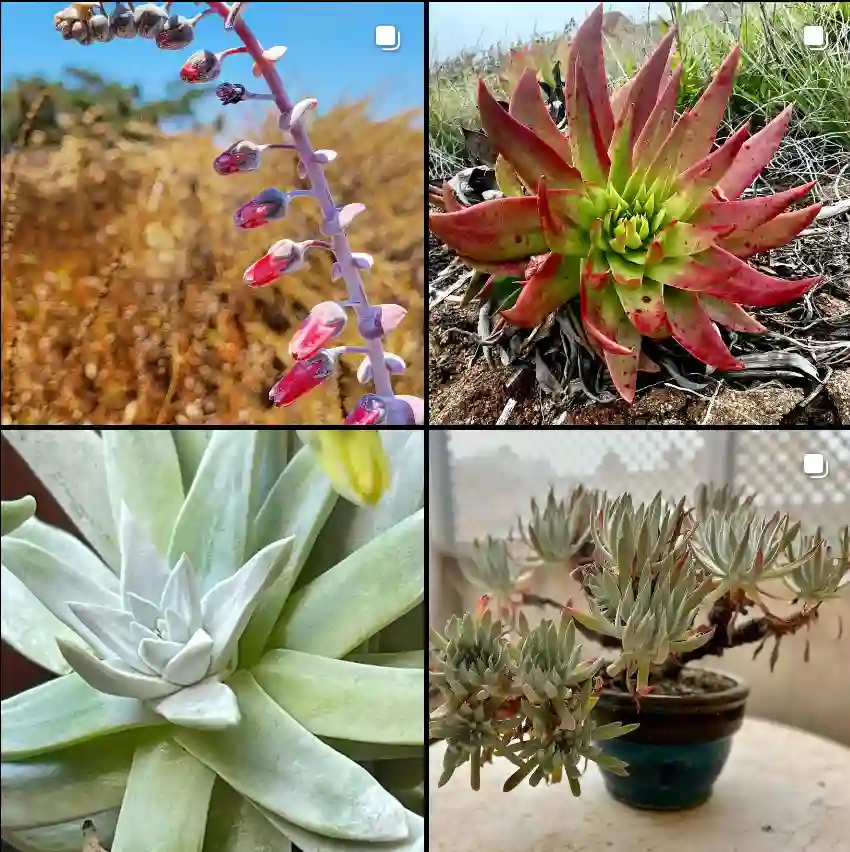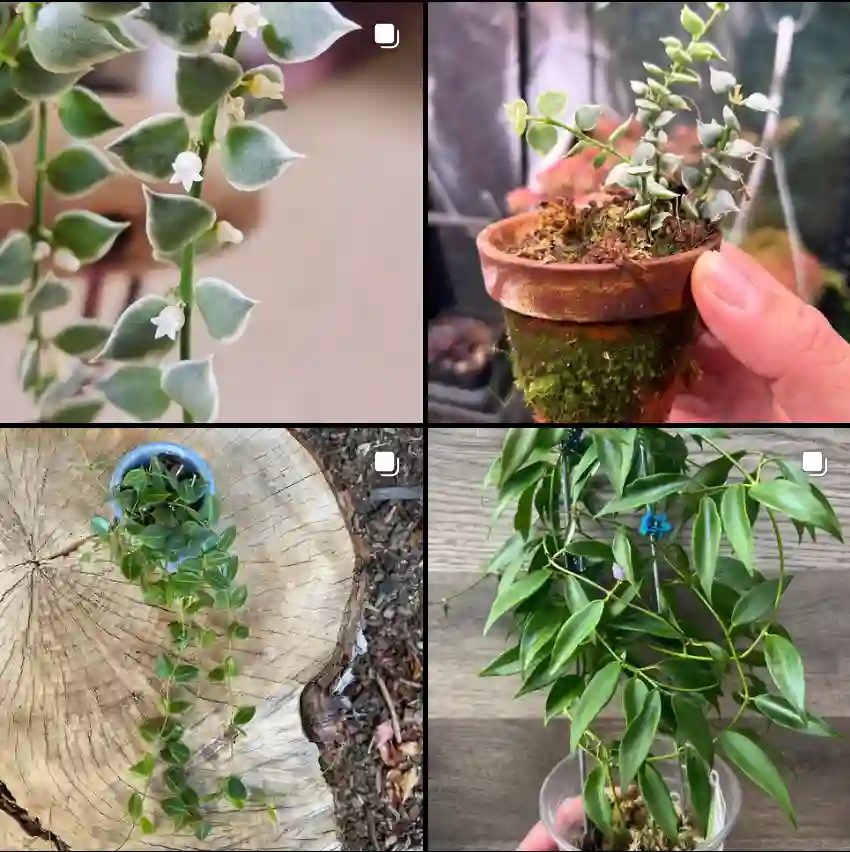
Peperomia Serpens: The Low-Maintenance Vining Beauty
Hi, Ferb Vu here, and today we’re diving into the world of Peperomia Serpens, a captivating little plant that packs a punch in the charm department. This vining wonder is a favorite among houseplant enthusiasts, and for good reason. It’s easy on the eyes, easy on the wallet, and even easier to care for.
1424 Species in Genus Peperomia
What is a Peperomia Serpens?
The Peperomia Serpens, also known as the Vine Peperomia or the Radiator Plant, is a tropical evergreen native to the Caribbean islands. It boasts small, glossy, heart-shaped leaves that cascade down slender vines, creating a visually appealing effect. This little vine typically grows to a height of 6 inches and a length of 1-2 feet, making it perfect for hanging baskets, shelves, or tabletops.
Peperomia Serpens vs. Other Peperomia Varieties
There are over 1,000 Peperomia varieties, each with its own unique characteristics. Here’s a quick comparison of the Serpens to some of its common cousins:
- Peperomia Obtusifolia (Baby Rubber Plant): This popular Peperomia features larger, oval-shaped leaves with a thicker, more rubbery texture. It also grows taller than the Serpens, reaching up to 2 feet in height.
- Peperomia Watermelon: Famed for its stunning variegated foliage, the Watermelon Peperomia boasts leaves patterned with green and silver stripes, resembling a watermelon rind. Unlike the Serpens, it prefers slightly more humidity.
- Peperomia Rotundifolia: This adorable Peperomia has tiny, round leaves that resemble coins. It’s a slow grower and remains compact, making it ideal for terrariums.
How to Care for Your Peperomia Serpens?
The Peperomia Serpens is a low-maintenance plant that thrives on neglect (almost!). Here’s what you need to know to keep yours happy and healthy:
- Light: This plant prefers bright, indirect sunlight. Avoid harsh, direct sun, which can scorch the leaves.
- Water: Water your Peperomia Serpens when the top inch of soil feels dry to the touch. Overwatering is a common mistake, so err on the side of underwatering.
- Soil: A well-draining potting mix is essential. You can use a commercial cactus or succulent mix, or create your own by combining potting soil with perlite or sand.
- Fertilizer: Fertilize your Peperomia Serpens sparingly during the growing season (spring and summer) with a diluted liquid fertilizer.
- Humidity: While Peperomia Serpens tolerates average household humidity, it can appreciate a slight increase, especially during winter. You can group it with other plants or use a pebble tray filled with water to create a more humid microclimate.
Propagating Your Peperomia Serpens
Sharing the love? Peperomia Serpens is easy to propagate through stem cuttings. Here’s how:
- Take a healthy stem cutting with at least a few nodes (leaf junctions).
- Remove the lower leaves from the cutting.
- Plant the cutting in a pot with moist, well-draining soil.
- Place the pot in a warm location with bright, indirect sunlight.
- Keep the soil moist but not soggy.
- Roots should develop within a few weeks.
Common Peperomia Serpens Problems
While a resilient plant, Peperomia Serpens can face a few challenges:
- Overwatering: This is the most common issue. Signs include yellowing leaves, mushy stems, and stunted growth. If you suspect overwatering, allow the soil to dry out completely and adjust your watering habits.
- Underwatering: While less common, underwatering can cause wilting and dry, crispy leaves. Water your plant when the top inch of soil dries out.
- Pests: Mealybugs and scale can occasionally bother Peperomia Serpens. Treat them with insecticidal soap or neem oil.
Conclusion
The Peperomia Serpens is a charming and low-maintenance plant that adds a touch of elegance to any indoor space. With its glossy, heart-shaped leaves and cascading vines, it’s sure to become a treasured member of your plant family. So, if you’re looking for an easy-to-care-for plant that brings a touch of the tropics indoors, look no further than the Peperomia Serpens.
If i die, water my plants!



